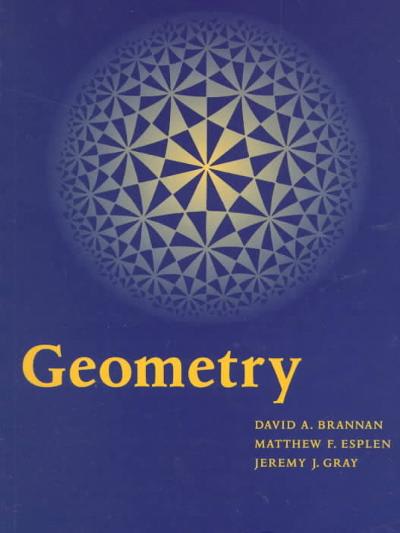Question
A tech company asks job candidates to solve mathematical puzzles to test their problem-solving skills. Among candidates who solve the puzzles correctly, the time required





A tech company asks job candidates to solve mathematical puzzles to test their problem-solving skills. Among candidates who solve the puzzles correctly, the time required to solve the puzzles is normally distributed with a mean of 20 minutes and a standard deviation of 3 minutes. 1. If the company hires candidates who solve the puzzles correctly and whose times put them in the best 5%, what is the cutoff time for being hired? 2. The company is considering stopping candidates after 15 minutes of work on the puzzles regardless of whether they have finished solving them. Of candidates who would have solved the puzzles given enough time, what fraction would be stopped under this rule? 3. A random sample of five candidates are drawn from this group and their total time to complete the puzzle is measured. What are the chances that the total time taken by these five individuals lies between 63 and 67 minutes?
4. A random sample of ten candidates are drawn from this group and their individual time to complete the puzzle are measured. What are the chances that exactly two of them were able to finish the puzzle in less than 15 minutes?
5. What is the distribution of the sample mean of the random sample of ten individuals in the above question?
6. Two individuals were randomly selected what are the chances that the first individual spent more time than the second?
7. Four individuals were drawn, what are the chances that the first individual spent more time the remaining three combined?
8. Seven individuals are chosen, is the expected value and the sd of the number of individuals who spent between 18 to 25 minutes so solve.
9. Two individuals were randomly selected what are the chances that the first individual spent exactly same amount of time as the second?
10. Why can't the distribution of time spent be exactly normally distributed?





Step by Step Solution
There are 3 Steps involved in it
Step: 1

Get Instant Access to Expert-Tailored Solutions
See step-by-step solutions with expert insights and AI powered tools for academic success
Step: 2

Step: 3

Ace Your Homework with AI
Get the answers you need in no time with our AI-driven, step-by-step assistance
Get Started


